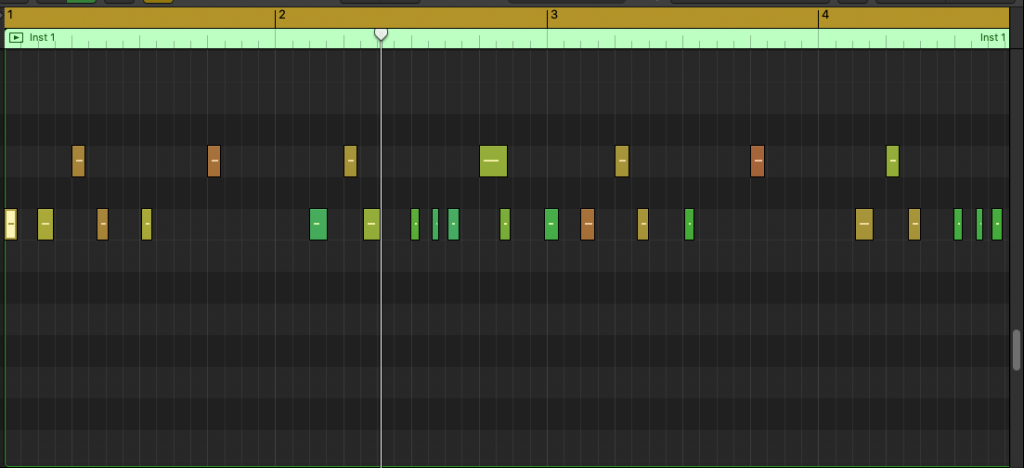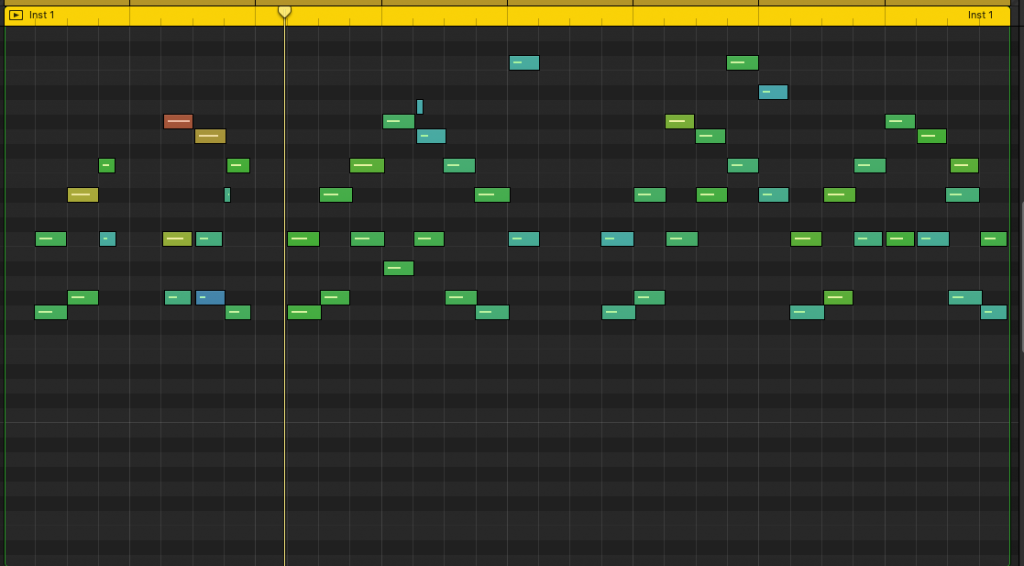Steve Ellison, better known as Flying Lotus, is an eclectic, experimental music producer. Over the last 14 years, he’s managed to stretch the boundaries of hip-hop and electronic music. Let’s use Roland Cloud instruments to make a track in the unique, genre-warping style of Flying Lotus.
Cartoon Network to Warp Records
Ellison rose to prominence creating beats for Cartoon Network’s late-night segment Adult Swim. In 2006 he released his first album, 1983, to critical acclaim. He then went on to sign with Warp Records and released his follow-up, Los Angeles, on the label. Those two records inspired a new wave of beatmakers that left their sonic stamp on LA in the mid to late ’00s.
A Musical Lineage
The grandnephew of jazz pianist Alice Coltrane, Ellison comes from a musical lineage. He’s also the grandson of Marylin McLeod, a Motown Records writer from 1968-1985. Ellison considers Alice Coltrane and J Dilla some of his biggest influences.
In 2008, Ellison founded the independent label, Brainfeeder records. Brainfeeder specializes in experimental jazz, hip-hop, and electronic music. Its discography includes Thundercat, Dorian Concept, Samiyam, Kamasi Washington, Ras G, and Teebs. Ellison also curated “The Low End Theory.” A weekly event, it provided a live incubation chamber for many of these artists.

Beat Scene Originator
Many consider Flying Lotus one of the forebearers of the modern beat music scene. Beginning with J Dilla and Madlib, the scene includes Diba$e, Samiyam, Ras G, and Tokimonsta. With offbeat boom bap-style programming, Dilla and Madlib influenced early Flying Lotus recordings.
2010’s Cosmogramma marked a shift in the Flying Lotus sound. Ellison embraced jazz-influenced harmony, obscure samples, warped synths, and unpredictable rhythmic programming.
Flying Lotus continues to expand his sound. He’s also contributed production to Kendrick Lamar, Mac Miller, Smoke Dza, Blu, and Chance the Rapper. Deciphering Ellison’s production style is like trying to solve a Rubik’s Cube. Yet, certain stylistic elements remain staples throughout his discography.
Drums
Flying Lotus is famous for offbeat Dilla-inspired drum patterns layered with percussion instruments. First, I’ll use the TR-909 to put down a basic kick and snare pattern. Next, to achieve the drunken, broken beat feel of his early tracks, I’ll make sure my snares and claps are on beat 2 and 4. Also, I’ll play around with the timing of the kick.
All this gives the drums a loose feel, while still retaining some light quantization. After getting the basic pattern down, I’ll use the TR-808 to add a maracas loop. For this loop, I’m playing very swung eight notes, intentionally behind the beat. The combination of the push and pull between the shakers, bass drum, and snare creates an ebb and flow. This vibe is what makes Flying Lotus’ drums so hypnotic.


Synths
Many Flying Lotus tracks feature ethereal electric keyboards or fat sawtooth synths. Here, I’ll use a combination of both. For the electric piano sound, I’ll use the JV-1080’s “Tremo EP” preset which sounds a bit like a classic Fender Rhodes. I’ll bring in the SH-101 “the real 101” preset on the lead melody and the JUNO-106’s “Juno P-Saws” preset for a nice sawtooth synth.
Producers in the know praise Flying Lotus for his use of sidechain compression. To demonstrate, I’ll sidechain the synth pad and electric piano to the kick and snare pattern for a subtle oscillating effect.
Flying Lotus calls his grand-aunt Alice Coltrane’s harp playing his biggest musical inspiration. Accordingly, much of his music features harps and other cascading glissando sounds. I’ll add a harp sound with the JUPITER-8’s “1981 Harp” preset. This produces extra sonic textures. Here’s what the keys and synths sound like together.
Textural Sounds
One of the first things to attract me to Flying Lotus’ music was his use of cosmic and textural sounds. Listen to 1983. It’s filled with laser sounds and glitchy effects that sound like a video game soundtrack.
A great instrument to use for sound effects and weird noises is the JV-1080. I added a few sounds using the “Unearthly” and “Shadows” presets to make our track sound more cosmic.
Bass
Whether collaborating with virtuoso Thundercat or creating his own parts, Flying Lotus is no stranger to bass. Additionally, his lines function as counter-melodies rather than simply bass parts. Check out these examples of standout Flying Lotus basslines:
Classic bass lines blend harmonic foundation, rhythmic variation, and melodic depth. Flying Lotus is no exception. He finds interesting ways to achieve all three elements.
For this track, I’ll use the JUPITER-8. I’ve manipulated the preset sound “So Smooth” to get a warbling synth bass to cut through the keyboard layers. The beat is in F minor, so I used the F pentatonic scale as the basis for the bass line. Here, I attempt to weave a melodic line that leaves space while emphasizing harmony.


Strings
Considering his film studies background and Brainfeeder’s film division, it makes sense Ellison would eventually integrate string players. Beginning with 2010’s Cosmogramma, Flying Lotus started collaborating with Miguel Atwood Furgeson. The multi-instrumentalist’s contributions give Flying Lotus’ records a cinematic feel.
To finish off our track, I’m going to use the JV-1080 “St.Strings” patch for the string sounds. I’ll add subtle string parts to round everything out. Once again, I employed the F minor pentatonic scale.


Finished Track
So there you have it: a breakdown of the elements used in a Flying Lotus production. The most important factor to working in this style, and the artist would certainly agree, is stretching the imagination.
Listen to the finished track below. In addition, you’ll find a summary of Flying Lotus techniques and a list of instruments used on this track.
Production Techniques
- Broken beat, boom bap, house, and drum and bass grooves
- Sidechain compression with pads and other chordal sounds
- Harps and cascading glissando sounds
- Melodic bass lines
- Textural noises
- Subtle string parts
- Percussion and non-traditional drum sounds
- Jazz-inspired harmony
- Open ambient sections







